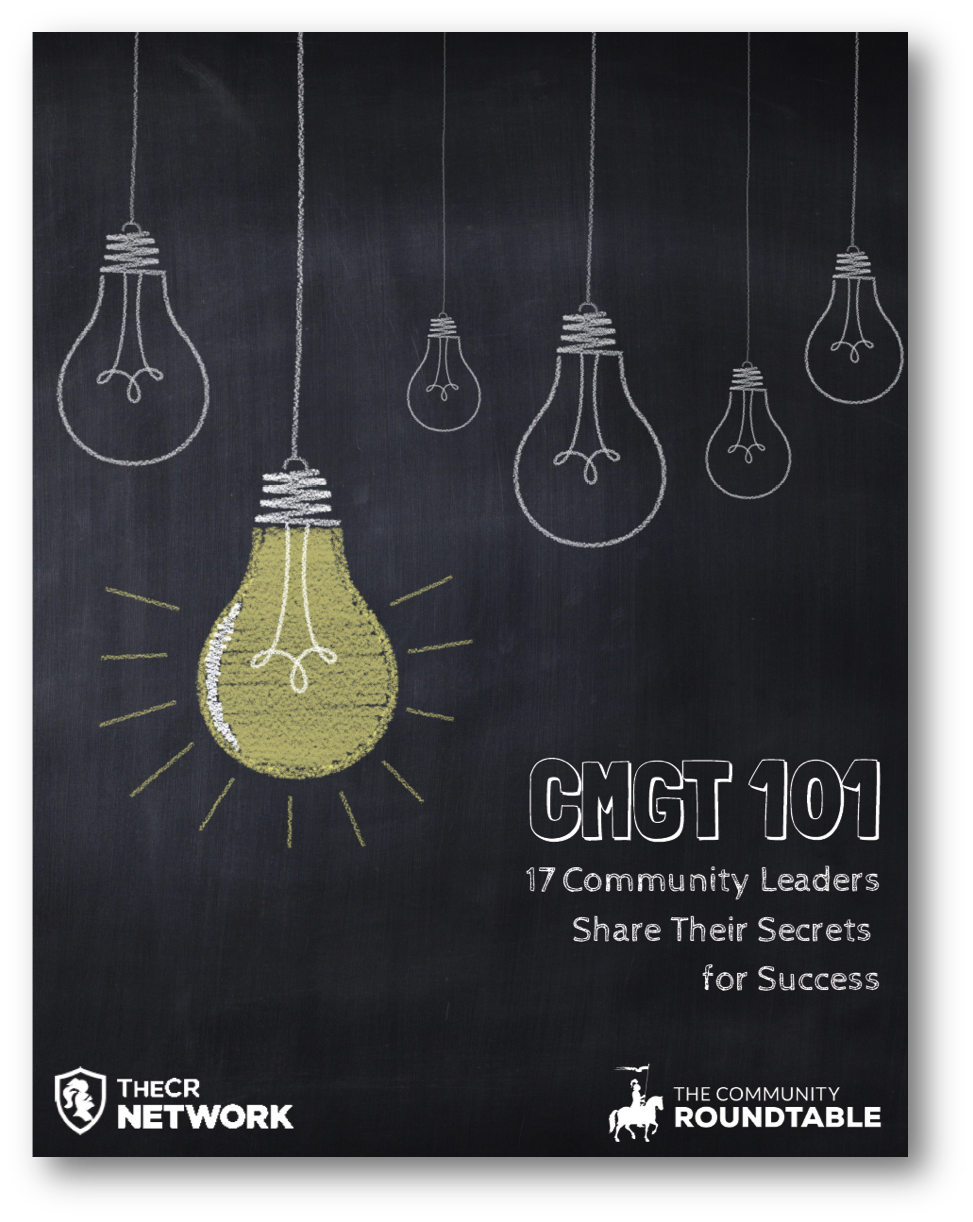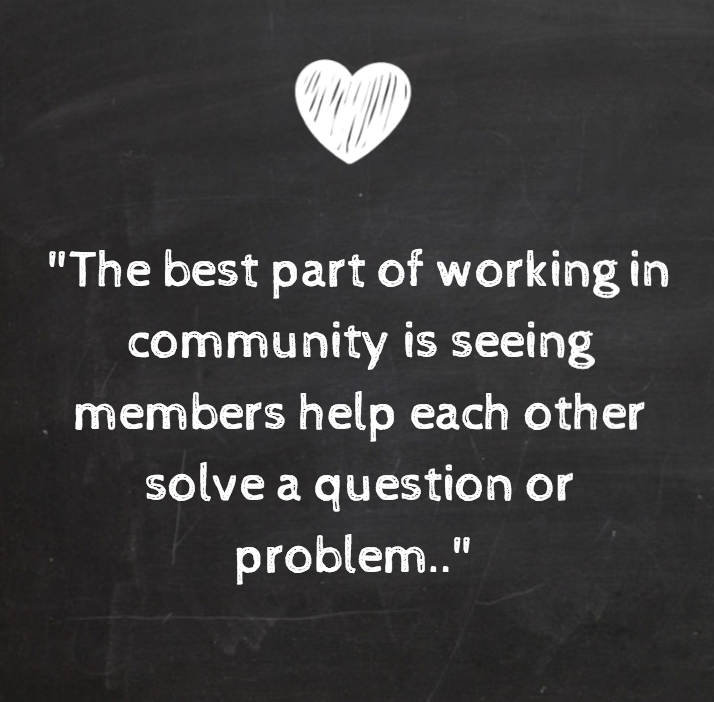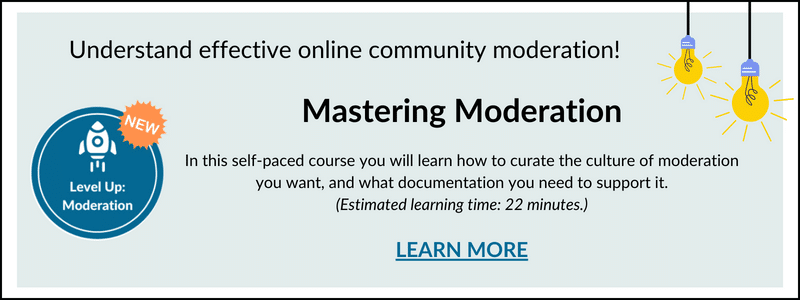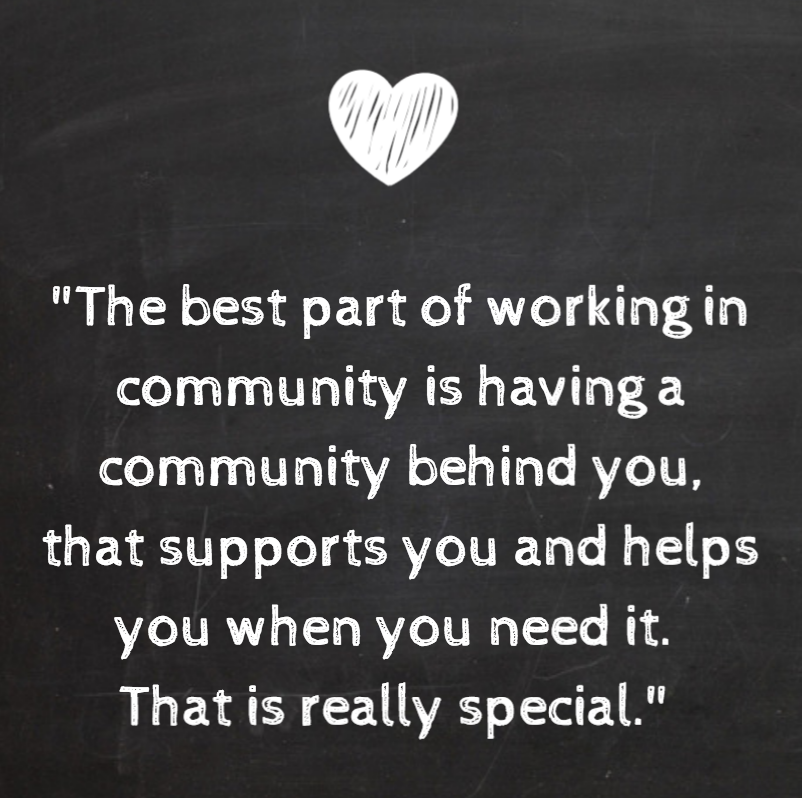Note: This content appears in a slightly different form in our ebook: CMGT 101: 17 CommunityLeaders Share Their Secrets for Success.CMGT 101 is packed with engagement ideas, governance tips, career advice, and more from community leaders working at innovative organizations like CA Technologies, Aetna, Electronic Arts, SAP, Pearson, Akamai, and Atlassian.
Download the ebook here for free.

Patty McEnaney is the Director of Knowledge Management & Social Strategy at Envestnet. She shared her best practices for creating a standard purpose/value statement for a community management program.
The process of creating a statement of Shared Purpose/Shared Value should precede the formation of any community. It is the raison d’etre. To quote Rachel Happe, “Shared purpose is why you are coming together and shared value is what you will do together to address it.” Using a format like The Community Roundtable’s helps you identify your community’s organizational objectives and member objectives.
Do your research.
Start by doing user research with potential or current community members about what they want in a community.
Do look for examples.
Immerse yourself in the use cases of other successful communities to be able to see the possibilities for your own.
Don’t move too fast.
This is not an exercise you can do in one hour. This is a strategic process that requires research, feedback, identification of best practices and the involvement of key stakeholders who want to see the community succeed.
Don’t mistake your software for your community.
Investing in a community requires much more than an investment of software. The time invested in creating this value statement will pay off in the long term as it helps you identify all the ways your community (and you) adds value.











